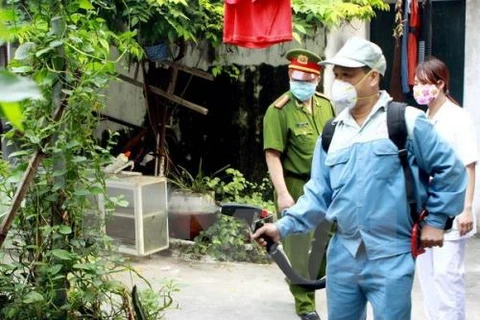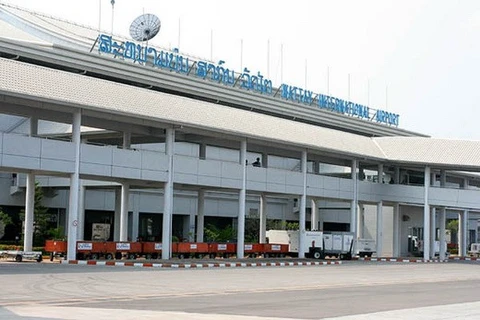Cao Bang (VNA) – The northern mountainous province of Cao Bang, which has a more than 330km border with China and seven border gates, has taken measures to prevent the Zika virus from entering Vietnam.
Be Thi Ngoc Lan from the provincial Centre for Preventive Medicine said comprehensive plans have been implemented to prevent and control the spread of the virus across border areas.
Posters and banners have been placed at all border gates and they have strengthened supervision and monitoring of passengers, particularly high-risk ones.
The centre collected samples from suspected cases and conducted blood tests on those returning from Zika-hit areas. It sent the samples to the National Institute of Hygiene and Epidemiology for further supervision.
The provincial Department of Health instructed health care facilities at all levels to take measures to constrain the growth of mosquitoes in a bid prevent the spread of Zika in the community.
Localities have been urged to keep residential areas clean and securely cover all containers of water to prevent mosquitoes from entering them and laying eggs.
District centres for health care have also been urged to prepare for early detection and treatment work, in terms of equipment, human resources and medicine.
Publicity campaigns have been widely conducted to raise public awareness about prevention of the disease.
The Zika virus is mainly transmitted through the Aedes Aegypti mosquito, which also carries dengue fever. The virus has been linked to microcephaly, a condition that causes babies to be born with unusually small heads and in the vast majority of cases, brain damage. Currently there is no vaccine or specific medicine to treat Zika.
It was first identified in Uganda in 1947 in rhesus monkeys, and confirmed in humans five years later in Uganda and Tanzania.
The World Health Organisation (WHO) has recorded the highest number of Zika virus cases in the Americas and Africa.
According to the WHO, the Zika virus is spreading explosively. By February 25, the virus had circulated in 43 countries and territories, mostly in South America, the Caribbean and the Pacific Ocean.
Vietnam has seen no cases so far.
The Ministry of Health recently issued guidance on diagnosis and treatment. The ministry also set up a hotline for the virus: 0989671115.-VNA























